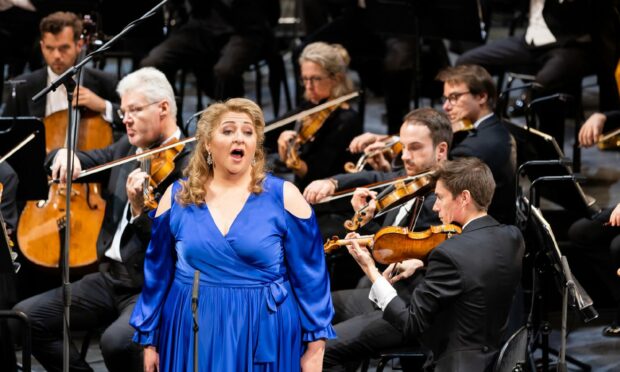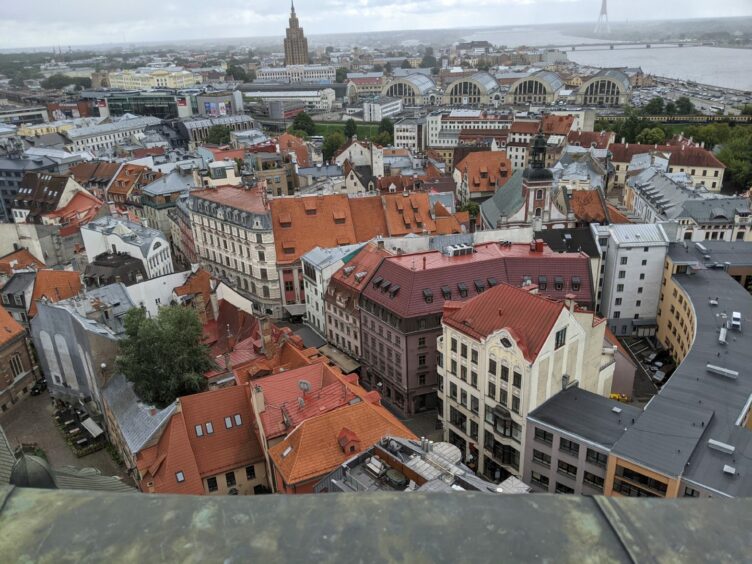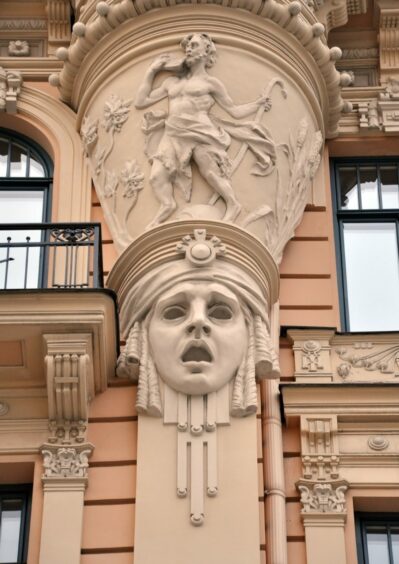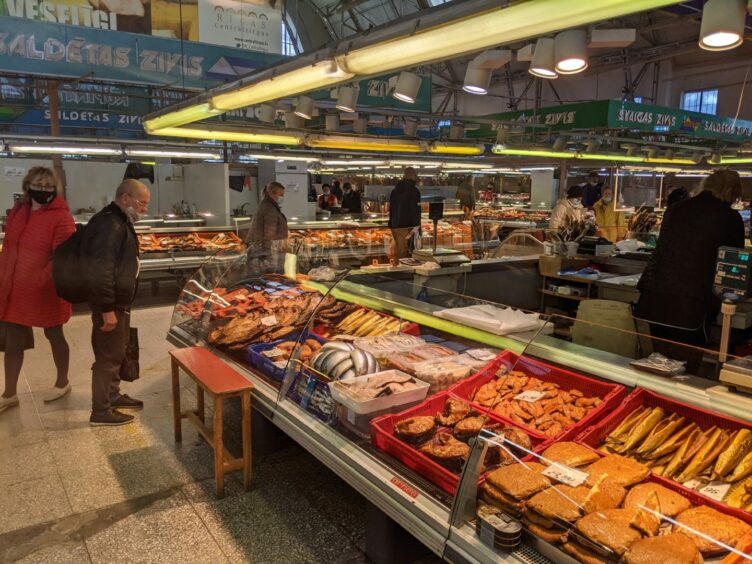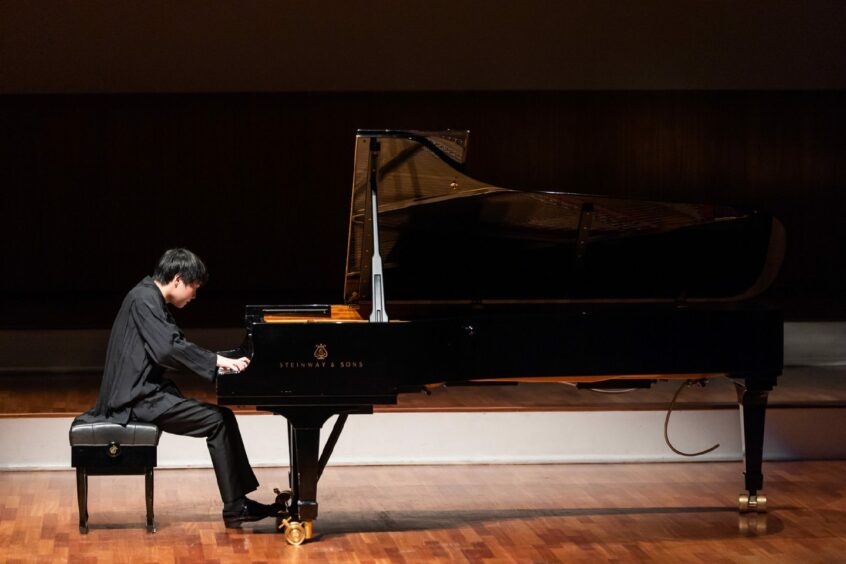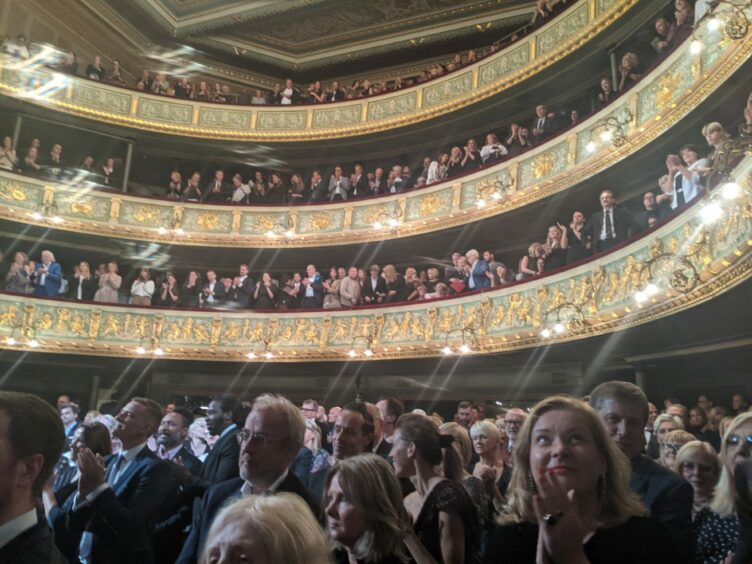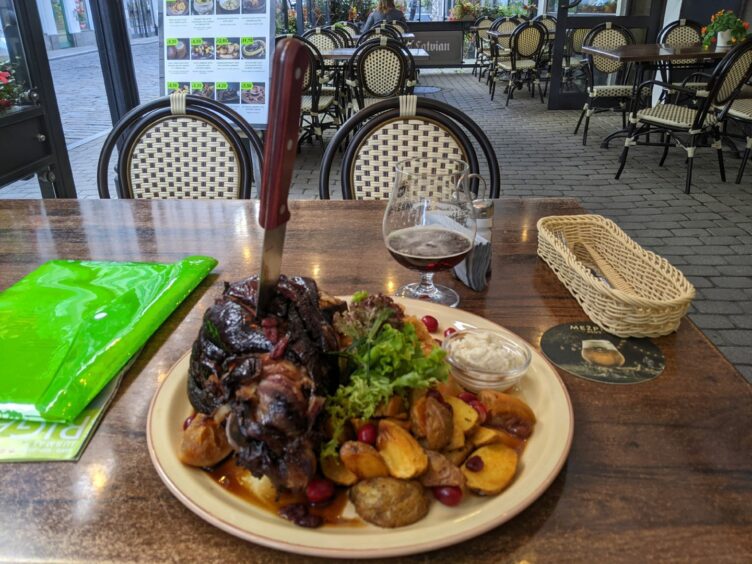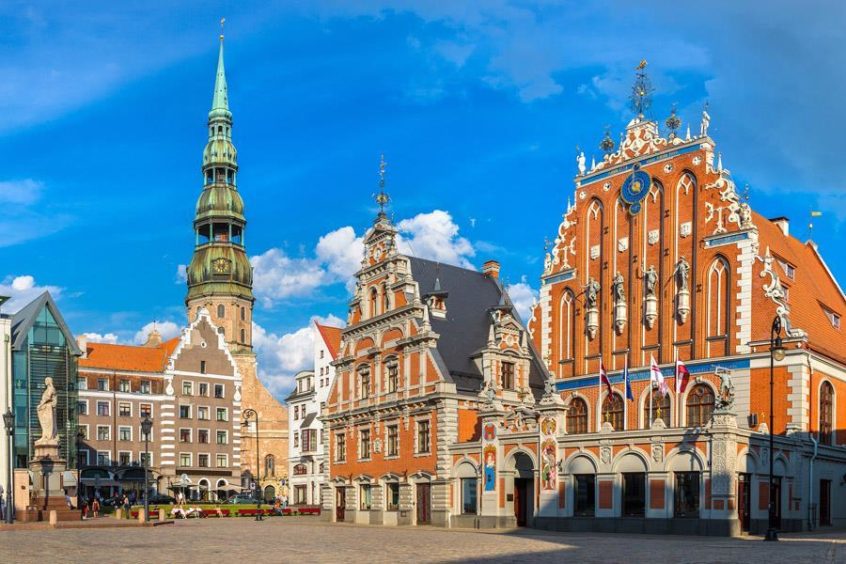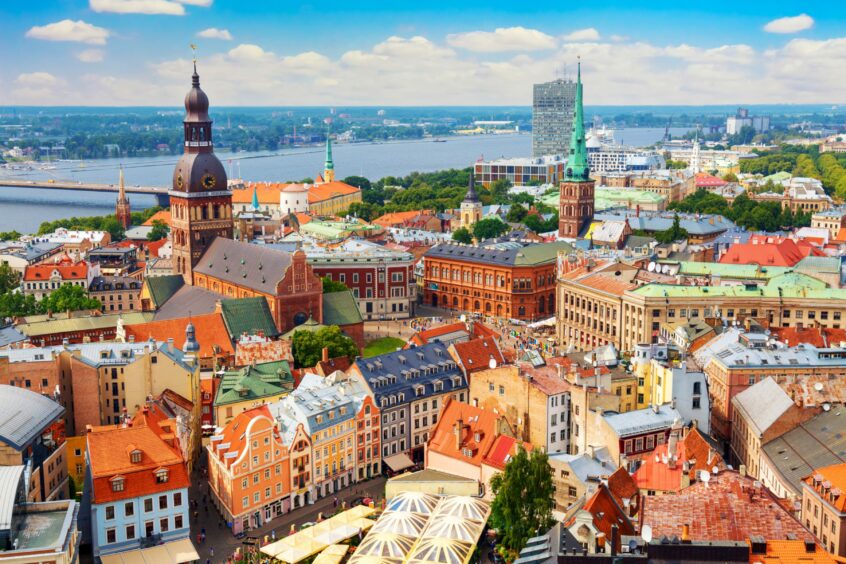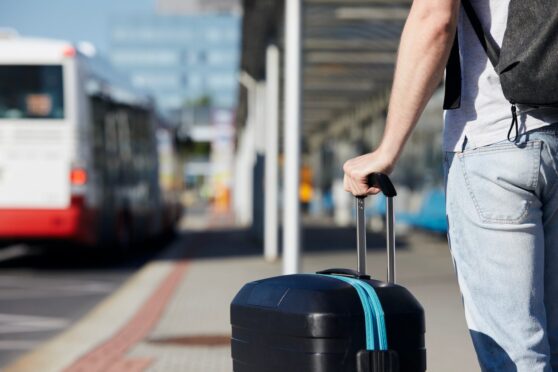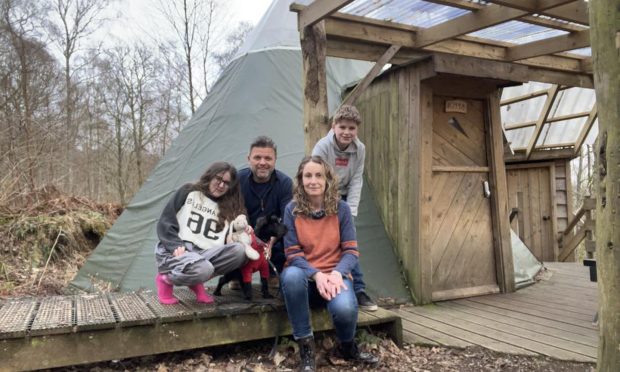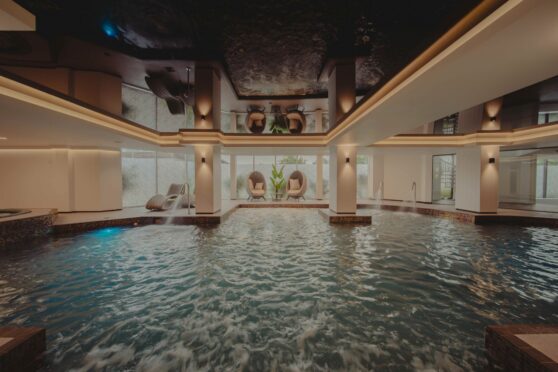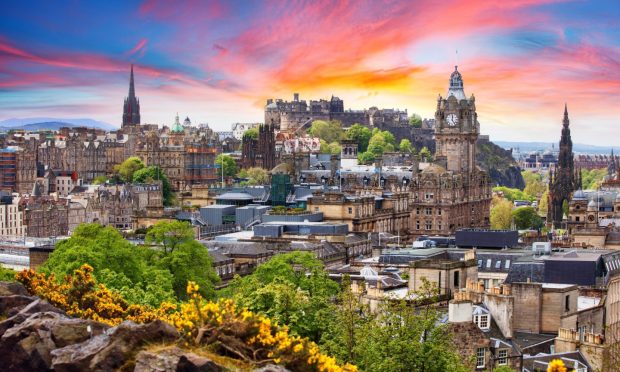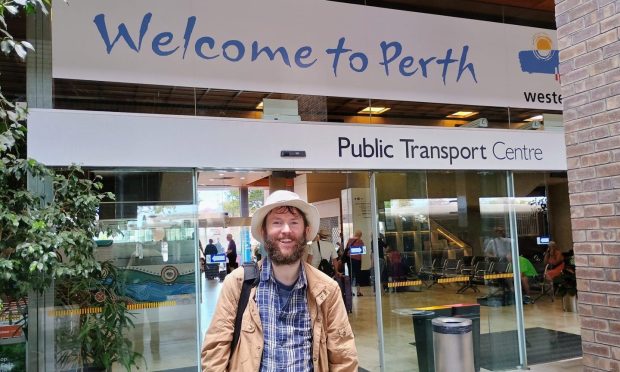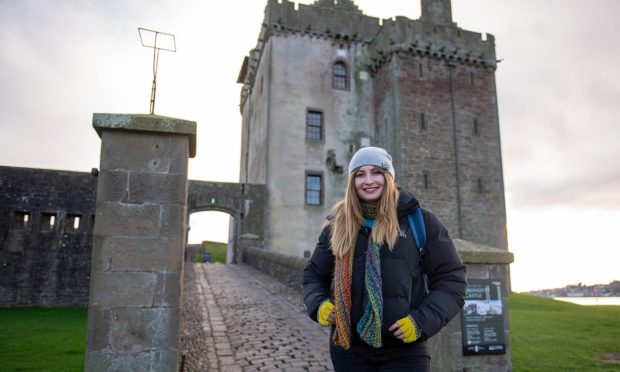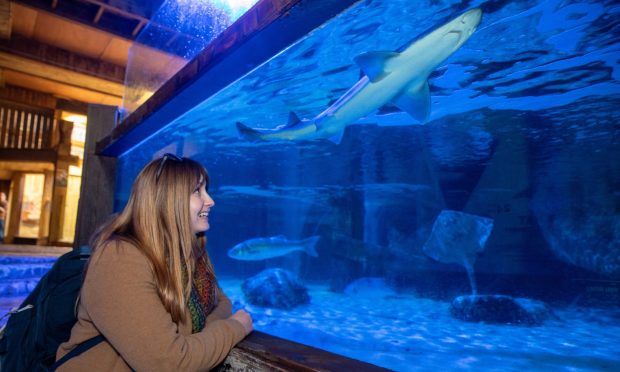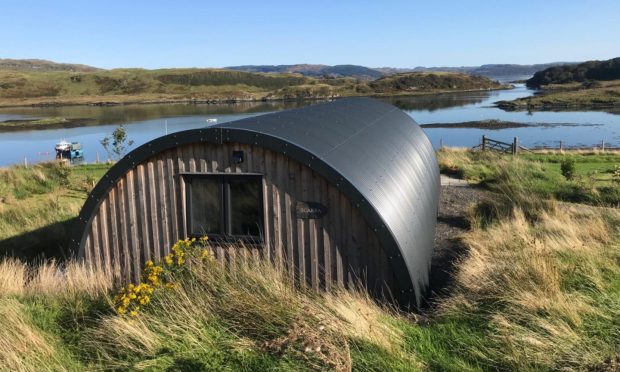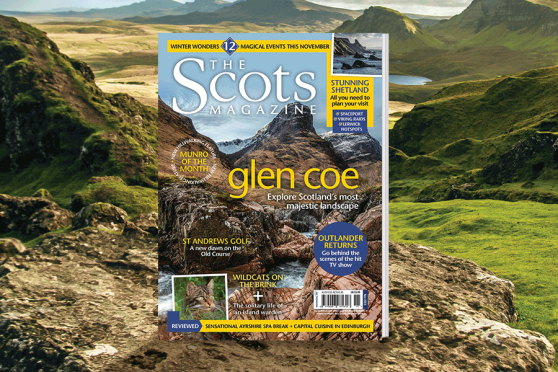Derek Uchman spent a few days in Riga, the capital of Latvia, to experience a city of contrasts and one of Europe’s finest classical music festivals.
The first thing I did on waking in Riga was scale the 120m-high steeple at St Peter’s Church, to get a bird’s eye view of the red-roofed medieval quarter, the city’s astonishingly beautiful heart.
Hemmed in by the Daugava River on one side and the City Canal on the other, the Old City is a maze of crooked streets consisting of Nordic, Gothic and baroque styles.
However, I was soon to discover there is far more to Riga than its charming old town. In particular, to the north the city has the highest concentration of Art Nouveau architecture anywhere in the world.
A collection of 800 jaw-dropping, and, at times, frankly bonkers buildings.
And it is also home to the Riga Jurmala Music Festival – a relatively new event which has placed itself quickly as a must-visit in the classical music calendar, and has been named as one of Europe’s top summer festivals.
But more of all that later. First it was time to explore the old quarter. Give yourself the best part of a day to know and enjoy this part of the city.
The area was almost devoid of traffic, with the main mode of transport seeming to be electric scooters. It was also quiet in terms of people.
Perhaps it was the time of year, or, more likely, effects of Covid restrictions.
Either way, it was a delight to explore the cobbled streets with only a few souls for company.
The area is peppered with bars, restaurants and coffee houses, and while I wouldn’t describe the food as cheap, it was certainly better value that the UK.
A main meal will set you back about £7 and a beer £3. Tipping of 10% is expected.
Central Market
Another must-see is Riga’s Central Market, which lies just to the south. Amazingly, it is held in five vast halls which originally housed Zeppelins.
Each of the hangers is devoted to separate type of food, and the most interesting is the fish hall.
Dozens of stalls displayed a huge array of sea creatures I was completely unable to identify, and you could buy them cooked, smoked, pickled, stewed or raw.
They were served in jars, boxes, skewered, boned and with or without heads (or guts). How customers made their choices, I had no idea.
Afterwards it was a quick trot back to the Wellton Hotel (everything is in walking distance) to smarten up for one of the real highlights of the trip, and one of the main reasons for my visit: the Riga Jurmala Festival.
It’s only been running since 2019 but showcases leading stars and up-and-coming classical talent across four distinct weekends in July through September.
Evening of opera
I was heading for the opulent Latvian National Opera for an evening of Wagner, featuring the Bayreuth Festival Orchestra, tenor Klaus Florian Vogt and soprano Christine Goerke.
The house was packed, and the audience soaked up the world-class performances which ended with (several) standing ovations.
This was music on a grand scale, which I rarely get the chance to hear, so it was real joy (as well as a bit of a revelation).
There was another concert I was keen to catch the next morning: the surprising Mao Fujita.
Surprising, because this pianist was only 23, yet his fluidity and naturalness as he interpreted a programme of Brahms, Richard Strauss and Mozart belied his years.
With and already extensive discography, Mao is a talent to watch.
It was then time to visit the Art Nouveau district. Many of the most famous buildings are concentrated in one area, and it’s simply a case of wandering around, slack-jawed.
At first glance, the buildings seem decorated like sickly wedding cakes, but look closer, and strange masks are visible everywhere with looks of shock and pain, reflecting the tension of an era about to be embroiled in a world war. It’s quite an unsettling experience.
Make sure you also drop into the Art Nouveau Museum which is largely devoted to recreating an apartment from that era.
Restaurant
It was now evening, and time to eat. I headed to a Latvian restaurant in the old quarter for a meal of pig’s knuckle.
The waiter told me it was a “big eat” and he wasn’t joking. It must’ve been slow cooked for hours, and was sensational. Like pulled pork, but smoked. This (I think) was the dearest meal on the menu, and came in at about £14.
Day three was my last day, so I had to make the most of it. I jumped into one of the ridiculously cheap taxis and headed for the (wait for it) Ethnographic Open Air Museum of Latvia. If that sounds a bit “Soviet” and dull don’t be put off. It’s one of the largest and oldest living museums in Europe.
Started in 1924, it now consists of 118 buildings (all wooden) rescued and restored from various parts of Latvia and they depict life from the 17th Century to the early 20th. The staff were in traditional dress, and places like the blacksmiths were still working. Look out for the wooden churches with their richly decorated painted walls and ceilings.
You’re presented with a map on admission (4 euros), and the best part of a day can easily be spent nipping in and out of the various structures.
But I had to head back sharpish, though, as there was one last thing I wanted to do before catching the plane to Edinburgh: a boat trip encircling the Old City which went along the City Canal and then along the Daugava River.
Relaxing in the 1907 wooden launch (Art Nouveau, of course) I had time to assess the trip as a whole. Did I have a great time? Absolutely. Would I return? Yes, definitely. Riga is a city packed with charm and charisma.
I’d packed in a lot but still hadn’t taken in Riga Castle (it was being restored), the overwhelming (from the outside at least) Orthodox Cathedral, the gruesome-sounding KGB Museum, the Blackheads House (it’s not what you think), and, of course, it would be good to make a return visit to the Riga Jurmala Festival.
Fact box
Ryanair operate daily flights from Edinburgh to Riga with prices starting at £7.99
Rooms at Wellton Riverside Spa Hotel starts at £51 per night for two.
Tickets for the Riga Jurmala Festival vary from 10 to 190 euros.
